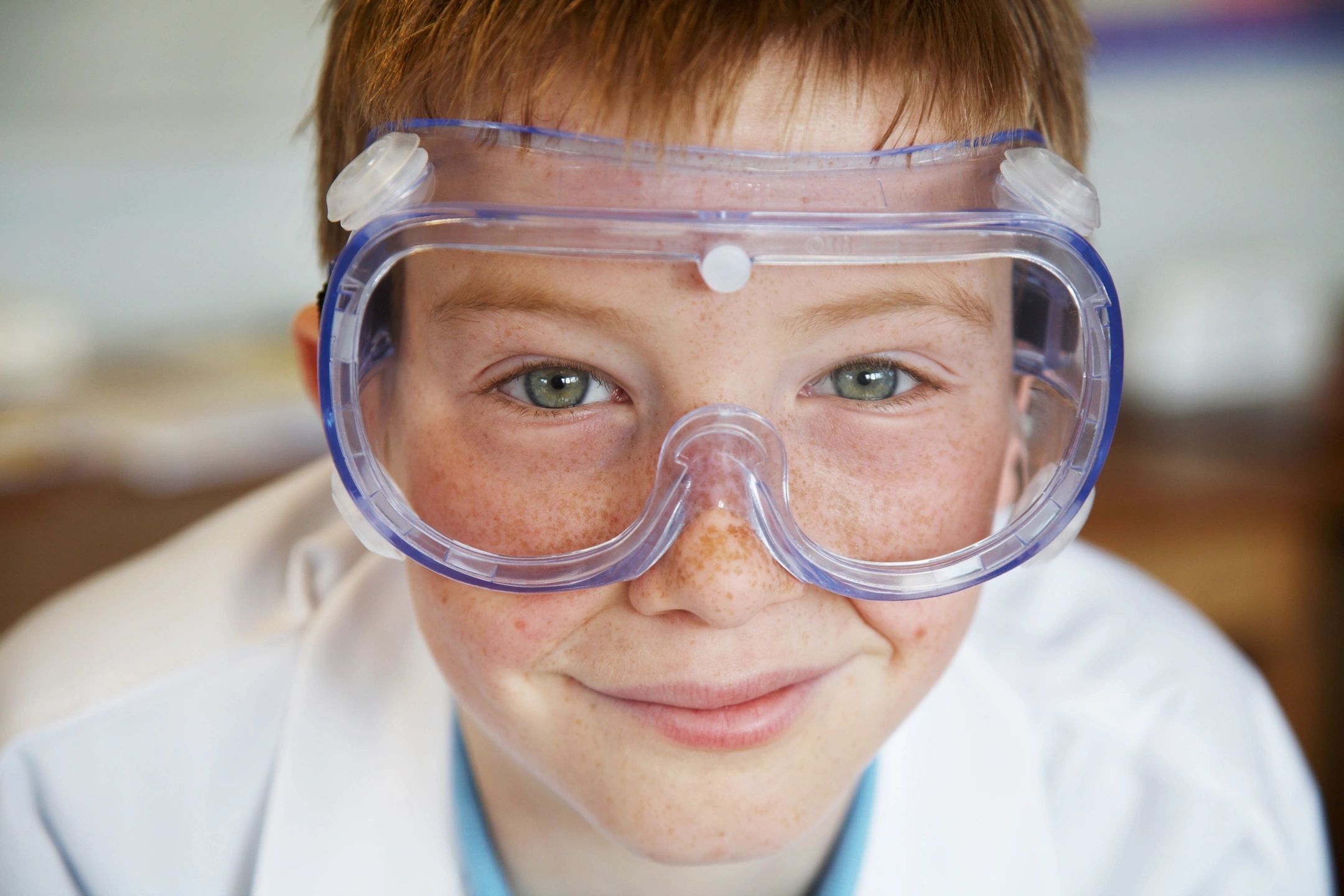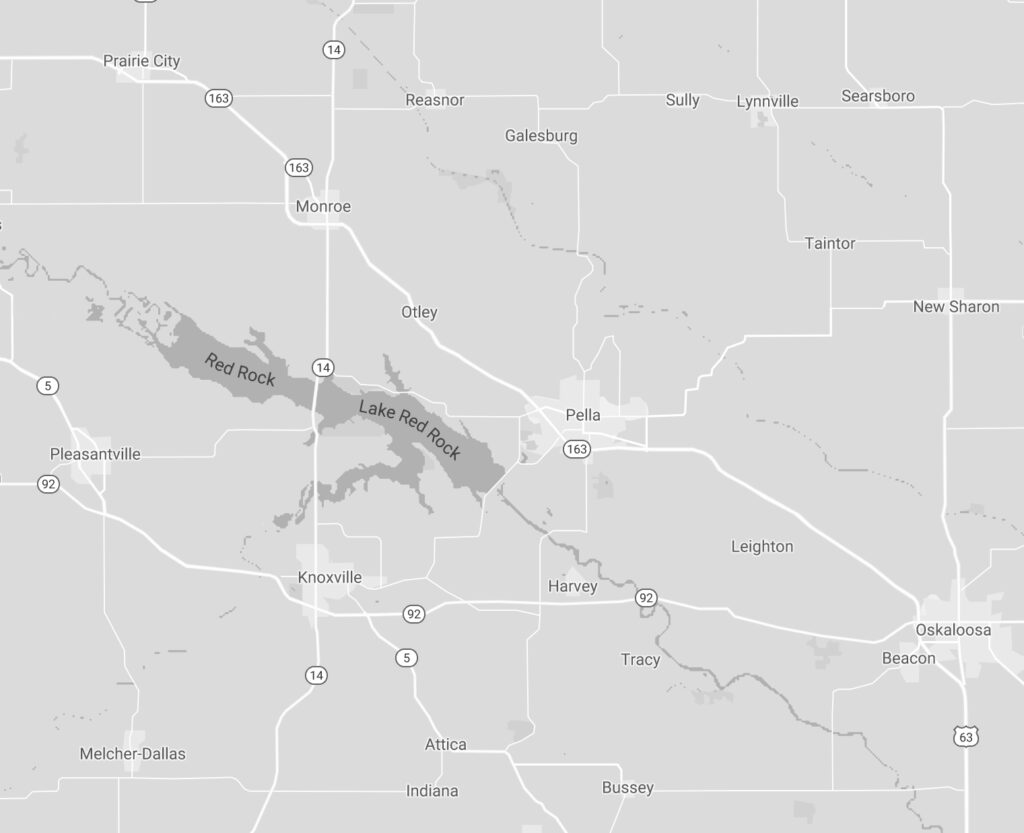

Career Awareness
Scroll through and select from multiple PEERS classroom activities, 2nd grade through high school
Engineering Opportunities
Vermeer Corp
Overview/Objective: Introducing kids to ask question about how things work and answering those questions through hands on investigation. While tying it to a career type like engineering, manufacturing, or other science related careers.
Required space/tools: desktops or table tops, an area where 3-4 kids can gather around to disassemble a small simple toy.
NGSS Standard this activity aligns with:
- 2-PS1-2. Analyze data obtained from testing different materials to determine which materials have the properties that are best suited for an intended purpose.*
- 2-PS1-3. Make observations to construct an evidence-based account of how an object made of a small set of pieces can be disassembled and made into a new object.
Time requirement: One class period, between 35-60 minutes. The typical event take 45-50 minutes but can be adjusted slightly by allowing more time for discussions or questions or not.
Logic and Programming
Vermeer Corp
Overview/Objective: Introduce concepts of logical or sequenced base thinking, asking questions and using basic math principles to complete a specified task.
Required space/tools: Clear floor space of 10ft x 10ft for robot to roll around in. Marker/chalk board is always helpful but not required.
Time requirement: One class period, between 45-60 minutes. The typical event take 45-50 minutes. Much shorter than 45 minutes and there’s not enough hands-on time for the kids.
Science of Sound and Color (Waves)
3M
Overview/Objective: Show how sound is produced and what makes different things sound different, as well as how the science of sound can be used in various careers.
Required space/tools: A classroom, gym or lunchroom with white board/chalk board, projector with screen and source for water.
NGSS Standard this activity aligns with:
- MS-PS4-1. Use mathematical representations to describe a simple model for waves that includes how the amplitude of a wave is related to the energy in a wave.
- MS-PS4-2. Develop and use a model to describe that waves are reflected, absorbed, or transmitted through various materials.
Time requirement: 45-90 minutes
Magnets
3M
Overview/Objective: Explore what sticks to magnets, observe magnetic fields, make a compass and see how it works. Also see how electricity and magnetism are related, work with electromagnets and electric motors.
Required space/tools: Classroom, gym or lunchroom, white board/chalk board, tables or desks to set up four learning stations and a screen with projection.
NGSS Standard this activity aligns with:
3rd grade
- 3-PS2-4. Define a simple design problem that can be solved by applying scientific ideas about magnets.*
- 3-PS2-3. Ask questions to determine cause and effect relationships of electric or magnetic interactions between two objects not in contact with each other
7th grade
- MS-PS2-3: Ask questions about data to determine the factors that affect the strength of electric and magnetic forces
- MS-PS2-5: Conduct an investigation and evaluate the experimental design to provide evidence that fields exist between objects exerting forces on each other even though the objects are not in contact.
HS Physical Science
- HS-PS2-5. Plan and conduct an investigation to provide evidence that an electric current can produce a magnetic field and that a changing magnetic field can produce an electric current
- HS-PS3-5. Develop and use a model of two objects interacting through electric or magnetic fields to illustrate the forces between objects and the changes in energy of the objects due to the interaction.
Time requirement: 45-90 minutes
Mechanical and Stress Testing
Pella Corp
Overview/Objective: Explain the engineering topics of stress, strength and strain, show the benefits of computer modeling, then verify model results with experimentation – all while having fun breaking windows.
Class required space/tools: Open area with space to project presentation, and two tables. Safety glasses for everyone present, a projector and broom for clean-up.
NGSS Standard this activity aligns with:
- MS PS 1-4. Develop a model that predicts and describes changes in particle motion, temperature, and state of a pure substance when thermal energy is added or removed
- MS-ETS1-1. Define the criteria and constraints of a design problem with sufficient precision to ensure a successful solution, taking into account relevant scientific principles and potential impacts on people and the natural environment that may limit possible solutions.
- MS-ETS1-2. Evaluate competing design solutions using a systematic process to determine how well they meet the criteria and constraints of the problem.
- MS-ETS1-3. Analyze data from tests to determine similarities and differences among several design solutions to identify the best characteristics of each that can be combined into a new solution to better meet the criteria for success.
- MS-ETS1-4. Develop a model to generate data for iterative testing and modification of a proposed object, tool, or process such that an optimal design can be achieved.
Time requirement: 45-90 minutes
Engineering Opportunities
Vermeer Corp
Overview/Objective: Facilitate a discussion about career opportunities involving math, science, engineering, or technology, and possible continued education path within those careers.
Required space/tools: No items needed
Time requirement: One class period, between 35-60 minutes. Time can be whatever the teacher desires, in dictates how many questions about careers, educations, and opportunity can be addressed.
Cryogenics
3M
Overview/Objective: Explore the phases and effects of liquid nitrogen and the corresponding super cold temperatures on every-day objects. Learn how it is used to process products such as frozen hamburgers.
Required space/tools: Classroom, gym or lunchroom, white board/chalk board, tables or desks to set up presentation station(s), water and a trash can.
NGSS Standard this activity aligns with:
- 4-PS3-4. Apply scientific ideas to design, test, and refine a device that converts energy from one form to another.
Time requirement: 45-90 minutes
Simple Machines
Pella Corp
Overview/Objective: Provide interactive learning related to how simple machines work, and review career applications.
Required space/tools: 10’x10′ area for each of 3 stations, and a white board.
NGSS Standard this activity aligns with:
- MS-PS3-5. Construct, use, and present arguments to support the claim that when the kinetic energy of an object changes, energy is transferred to or from the object
Time requirement: 45-75 minutes
Waste Water Treatment
Pella Corp
Overview/Objective: Teach about general waste water treatment and demonstrate the treatment of waste water. Focus on acid/base chemistry and solids separation from solution.
Required space/tools: Chemistry lab to complete reactions in groups of 2-3, white/black board, space for doing chemical reactions, an electrical outlet and safety glasses for everyone present.
NGSS Standard this activity aligns with:
- HS-ESS2-5. Plan and conduct an investigation of the properties of water and its effects on Earth materials and surface processes
- HS-ESS3-4. Evaluate or refine a technological solution that reduces impacts of human activities on natural systems.*
- HS-ESS3-6. Use a computational representation to illustrate the relationships among Earth systems and how those relationships are being modified due to human activity
Time requirement: 45-90 minutes
Explore our virtual PEERS activities below.
A Sticky Problem:
Engineering an Adhesive
3M
Overview/Objective: Students will analyze test results to determine the properties of adhesives, identify a problem and design a solution based on a given criteria.
Class required space/tools:
flour
water
tongue depressor
dixie cups/wax paper (mixing bowl)
optional Newton scale
measuring spoons
counter/bench/table
binder clip or drill to make holes in tongue depressor
NGSS Standard this activity aligns with:
- PS1.A – Structure and properties of matter
- 3-5-ETS1-1 – Define a simple design problem reflecting a need or a want that includes specified criteria for success and constraints on time and cost.
- 3-5-ETS1-2 – Generate and compare multiple possible solutions to a problem based on how well each is likely to meet the criteria and constraints of the problem.
- 3-5-ETS1-3 – Plan and carry out fair tests in which variables are controlled and failure points are considered to identify aspects of a model or prototype that can be improved.
Time requirement: 5 class periods
Careers in Designing Solutions:
Forces and Weather
Pella Corp
Overview/Objective: The student is expected to apply Newton’s Third Law to design a solution to a problem involving the motion of two colliding objects. Students will use a model to demonstrate how forces in a collision are equal and opposite between colliding objects. Students will use a model to explain conservation of momentum and predict what happens in a collision.
Class required space/tools: Accompanying videos/slides
NGSS Standard this activity aligns with: MS-PS 2-1, HS-PS 2-2, HS-PS 2-3
Time requirement: Roughly 2 class periods (40 minutes)
Bats
Central College
Overview/Objective: Many people have only negative feelings about bats, but these flying mammals are fascinating and play important ecological roles. In these videos, students will learn a little about the amazing world of bats, think about how to study these poorly known animals, and practice ways of thinking scientifically to address the important problem of declining animal populations.
Class required space/tools: Classroom, Computer, projector, lesson materials
NGSS Standard this activity aligns with:
- MS-LS4-4: Construct an explanation based on evidence that describes how genetic variations of traits in a population increase some individuals’ probability of surviving and reproducing in a specific environment.
- MS-LS2-2: Construct an explanation that predicts patterns of interactions among organisms across multiple ecosystems.
- MS-LS2-1: Analyze and interpret data to provide evidence for the effects of resource availability on organisms and populations of organisms in an ecosystem.
- MS-LS2-4 Construct an argument supported by empirical evidence that changes to physical or biological components of an ecosystem affect populations.
Time requirement: Two 45-minute class periods
Bees
Central College
Overview/Objective: This is an activity to introduce students to jobs in conservation using the plight of native bees to illustrate the importance of working to preserve species.
Students will learn about the role of bees as a keystone species in the ecosystem and use real data to determine the best native prairie plants to plant to provide habitat for native bee conservation.
Class required space/tools:
Classroom, Computer, projector, lesson materials, Google Sheets/Microsoft Excel
NGSS StanNGSS Standard this activity aligns with:
- MS-LS2-1: Analyze and interpret data to provide evidence for the effects of resource availability on organisms and populations of organisms in an ecosystem.
- MS-LS2-2: Construct an explanation that predicts patterns of interactions among organisms across multiple ecosystems.
- MS-LS2-4: Construct an argument supported by empirical evidence that changes to physical or biological components of an ecosystem affect populations
Time requirement: 1 class period
Engineering Problem Solving
Vermeer Corp
Overview/Objective:
- Provide real world example of solving an engineering problem, while understanding and considering the constraints and requirements around finding and implementing a solution
- A three-part video series introduces students to a potential machine issue that a design engineer may find. Part I introduces the problem and asks for potential solutions. Part II introduces potential solutions to the problem and asks the students which would be ideal. Part III discusses factors that limit your ability to select the ideal solution. An additional worksheet adds context, constraints, and other limiting factors and asks students to analyze the best available solution, given the constraints.
Class required space/tools:
3-part video series
Student Worksheet
Calculators (suggested, not required)
NGSS Standard this activity aligns with: HS PS2-3, HS ETS1-2, and HS ETS1-3
Time requirement: 3-4 class periods
Nursing Career Exploration 1
Wesley Life
Overview: This lesson will introduce students to the career field of nursing including the benefits of the career. Students will learn about and practice skills nurses use in the field.
Objective:
- Students will identify benefits of the nursing career.
- Students will practice skills nurses use in their career.
Class required space/tools:
Projector
Paper for students to write on
Iowa FCS Standards: 1.2.1 Analyze potential career choices to determine the knowledge, skills, attitudes, and opportunities associated with each career.
Iowa Core Health Literacy Standards: 21.6-8HL.1 Demonstrate functional health literacy skills to obtain, interpret, understand, and use basic health concepts to enhance personal family and community health.
Time requirement: 40 minutes
Nursing Career Exploration 2
Wesley Life
Overview: This lesson will introduce students to different forms of dementia. Students will learn about communicating with these patients and apply their knowledge to various scenarios.
Objective:
- Students will compare a healthy brain with the brain of someone with Alzheimer’s disease.
- Students will role-play conversations to practice communicating with a dementia patient.
Class required space/tools: Projector
Iowa FCS Standards: 1.2.3 Apply communication skills in school, community, and workplace settings and with diverse populations.
Iowa Core Health Literacy Standards: 21.6-8.HL.2 Utilize interactive literacy and social skills to establish personal, family, and community health goals.
Time requirement: 40 minutes
Water Testing
Friends of Big Rock Park
Overview/Objective:
Clean water is something people often take for granted but many variables contribute to water quality. In this video, students will be exposed to ways of testing for and expressing concentrations of chemical and biological parameters. They will learn about water quality and water testing, consider how humans impact water quality, and practice ways of thinking scientifically to design a water quality study. Hopefully, they’ll gain an appreciation for the role water plays in our environment.
Class required space/tools: Classroom, Computer, projector, lesson materials (worksheet)
Iowa FCS Standards:
- MS-ESS3-3 Earth and Human Activity Apply scientific principles to design a method for monitoring and minimizing a human impact on the environment. Define a simple design problem reflecting a need or a want that includes specified criteria for success and constraints on materials, time, or cost.
- 3-5 ETS1-1. Define a simple design problem reflecting a need or a want that includes specified criteria for success and constraints on materials, time, or cost.
- MS-LS2-1 Ecosystems: Interactions, Energy, and Dynamics
Analyze and interpret data to provide evidence for the effects of resource availability on organisms and populations of organisms in an ecosystem.
Time requirement: Two 45-minute class periods
The PEERS Program is designed to promote interest in Science, Technology, Engineering and Math (STEM) among local students through participation in classroom activities facilitated by career experts at PEERS partner companies. Through student participation in classroom activities, we aim to increase the number of students in STEM-related work-based learning programs and degree pathways in Iowa, thereby expanding the group of STEM talent prepared for full-time hire by regional employers.

